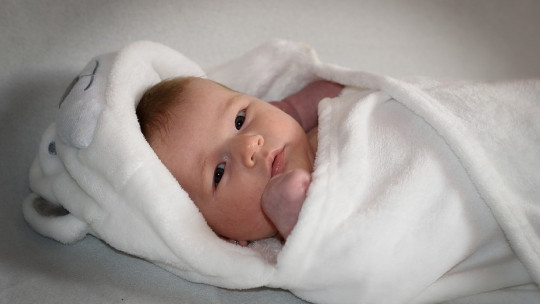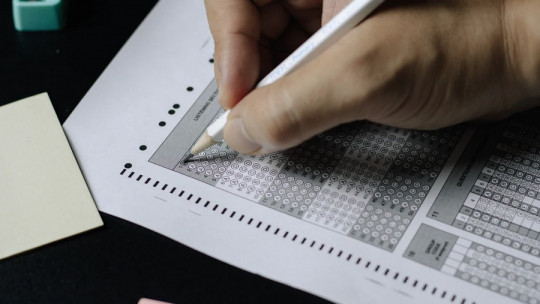
Psychological evaluation instruments (tests) are classified in several ways. Among these criteria we can consider what we want to measure, since we must apply a test that allows us to evaluate exactly what we need.
The Denver test, for example, is an instrument designed to evaluate and measure psychomotor skills, as well as physical and intellectual development in children. It is applicable to children up to 6 years of age.
In this article we will talk about the characteristics of this test, we will see what it can measure, and we will also review the method of application and correction of this psychological test.
What is the Denver test?
The main objective of the Denver test is measure the physical, intellectual and psychomotor development abilities of children, to determine if these are in accordance with their chronological age or if, on the contrary, there is some delay in development in one of these areas. It could also happen that responses are evidenced that are above the population average for children in that age range.
Depending on the results obtained by the infant, the specialist then proceeds to generate a personalized treatment plan for said child taking into account their individual abilities.
This can translate into a benefit for the subject evaluated, since Even if you have limitations in a specific area, the test will also show where your strengths are ; It allows the evaluator to have a broader picture of the individual’s particular situation.
Another benefit of the Denver test is that it allows specialists determine the degree of maturation of the Central Nervous System (CNS) given that the development of physical, motor and intellectual skills is a faithful reflection of the development of said system.
This tool was designed based on the standards of children with adequate maturation in terms of the areas that the test evaluates; With this, clear scales are established regarding these skills and the evolutionary development in infants.
In other words, it allows us to corroborate whether development is occurring correctly taking into account the population average. In addition to this It is efficient for tracking subjects and could be applied after a while to determine progress in the case.
What exactly does this test measure?
The Denver test is designed based on four specific areas, which are divided into 55 reactive items. Let’s see what this is like.
1. Personal social area
Allows you to measure the child’s relationship with the environment that surrounds him or her ; that is, the way in which it develops within the social sphere.
2. Fine motor area
This area focuses on the level of precision that an infant can have, accurately evaluating fine movements, which involve concentration, coordination, and subtle manual skills. For example, drawing or writing.
3. Language area
This part of the test is responsible for determining How is the language learning process in the child? as well as their listening skills, and communication in general terms.
4. Gross motor area
Unlike fine motor skills, gross motor skills represent all those movements of a more imprecise nature, which involve a greater degree of coordination of the entire body. For example, painting a picture or throwing a baseball.
Method of application of this test
Now let’s see what is the correct way to apply the Denver test in our child population. First of all, rapport with the child must be established so that he trusts us and remains calm.
It must be carried out in a controlled environment, where unforeseen interruptions do not occur. The application is individual in nature, and to help the child feel calm and confident, it is ideal for parents or caregivers to be present during the application process.
Although the instrument consists of 55 reactive items, as we mentioned previously, The child must answer only those that are to the left of the line of his age
Initial step
The evaluator will draw a line that joins the four scales of the instrument with the chronological age of the infant (fine, gross motor, language, and social area).
Second step
It is necessary to carefully observe the subject during the response process and take note of the significant aspects during the time it takes to answer the exam, which would be the following:
Necessary materials
These are the materials necessary for a correct application of the Denver test If you do not have exactly those mentioned below, you could replace the missing one with something else with the same characteristics.
Data interpretation
Taking into account that this It is not an intelligence test, you should avoid classifying children in this aspect. We will only be in charge of reviewing and evaluating whether they comply with the activities that the average population of children their age are capable of doing.
Based on that and taking into account the specifications in the manual, the specialists issue a diagnostic impression.
The child’s personal factors must be taken into account at the time of application, such as whether he slept well the night before, whether he has eaten well prior to the session, or whether he seems anxious and scared during the evaluation process.








